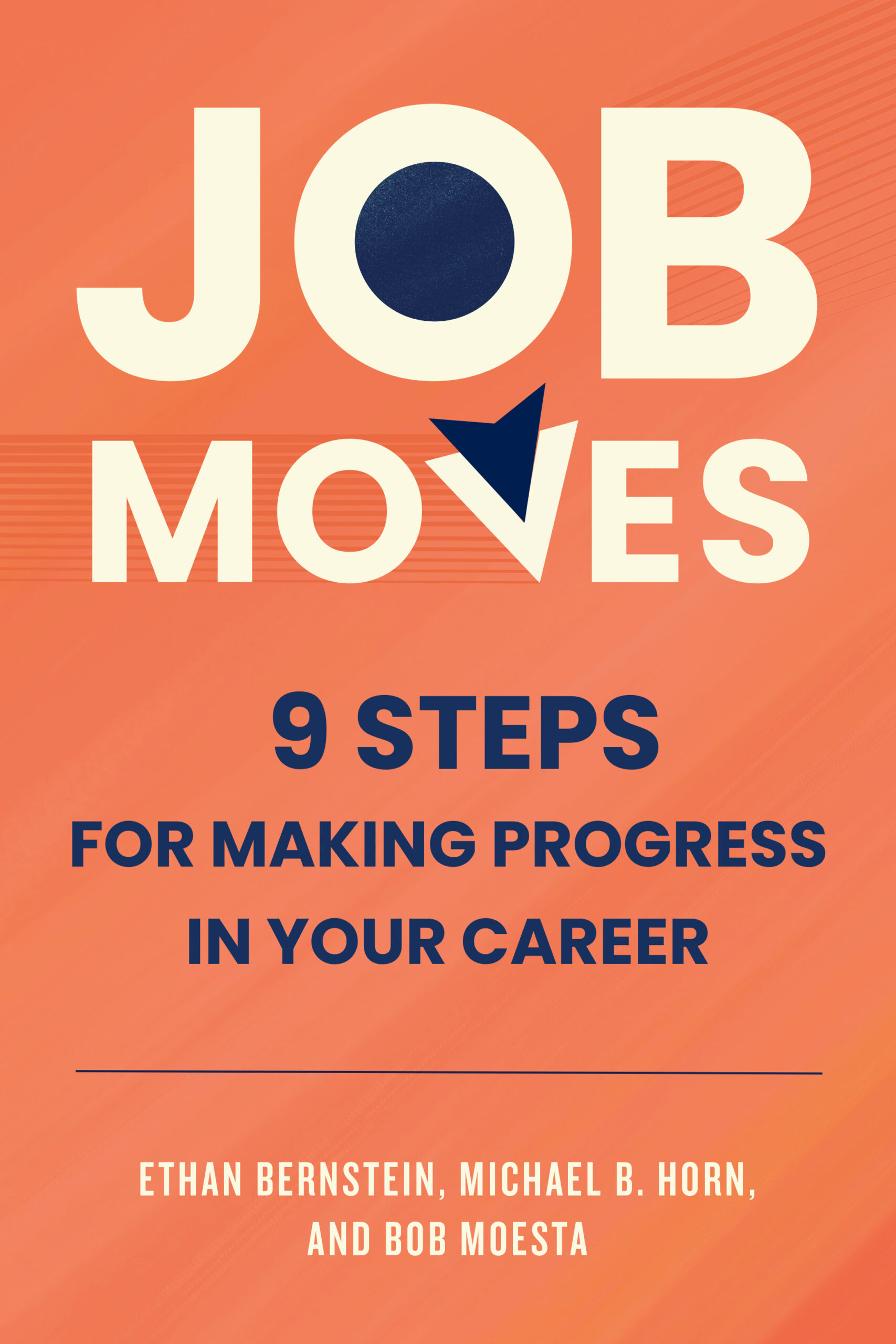
Innovation in action: Value prior learning, no matter where that learning happens
Credit for prior learning is a concept whose time has come for many more higher education institutions to embrace. The more institutions that adopt such a move will, as the piece lays out, translate into greater success for more adult learners and transfer students because their previous and outside learning will count toward a degree.
Because such a policy doesn’t mean just granting students credit for experience but instead assessing their learning, it will also result in a more rigorous understanding of what students know and can do—both when they enter an institution and as they exit an institution. This will help move the higher education system toward a competency-based one that prizes learning, not just seat time and credit hours, and one that’s more open to stacking credentials to help students learn in bite-sized chunks. That, in turn, should also create a clearer sense of the skills, knowledge, and competencies students master, which should also benefit those students as they search for jobs, as well employers as they seek the right candidates for open jobs.
This move away from an institution-centered posture to a more learner-centered one focused on the accumulation of knowledge and skills will, of course, be challenging for many institutions. When schools accept students with prior learning, on the surface this will look like a loss of potential revenue because it will decrease the number of credits for which students will have to pay to graduate. But, as this piece observes, by boosting the odds of student success, it should make institutions more attractive and, in states that have moved to outcomes-based funding formulae, boost the success equation for many students.

0 comments